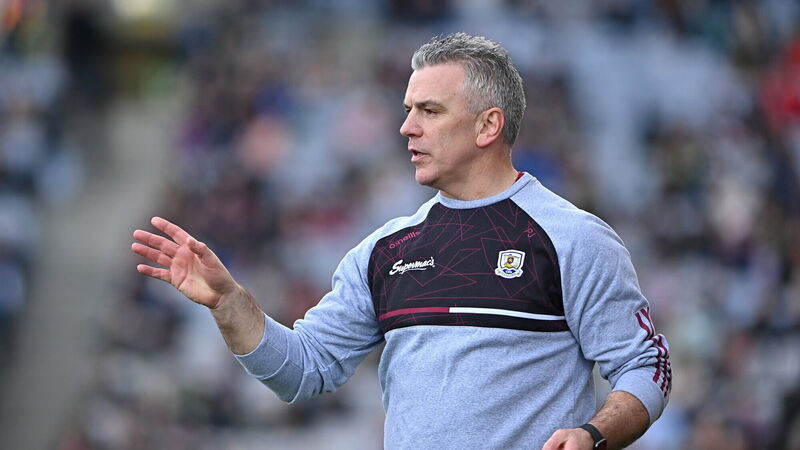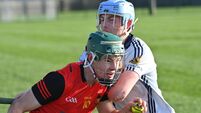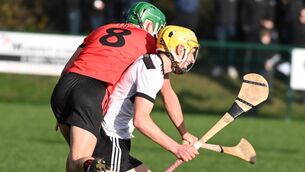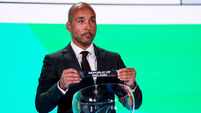Christy O'Connor: devil in the detail in Padraic Joyce's analysis

Galway manager Padraic Joyce during the Allianz Football League Division 1 Final against Mayo. Picture: Ramsey Cardy/Sportsfile
The devil is always in the detail of the data. It was easy for Padraic Joyce and Galway to say afterwards that 10 of Mayo’s 14 scores were either from placed balls or marks, and that some of those frees may have been soft. But in a local derby that was always going to be a tight and taut arm-wrestle, Joyce will surely have a different and a more circumspect attitude towards the source of those scores when he analyses the data more closely this week.












